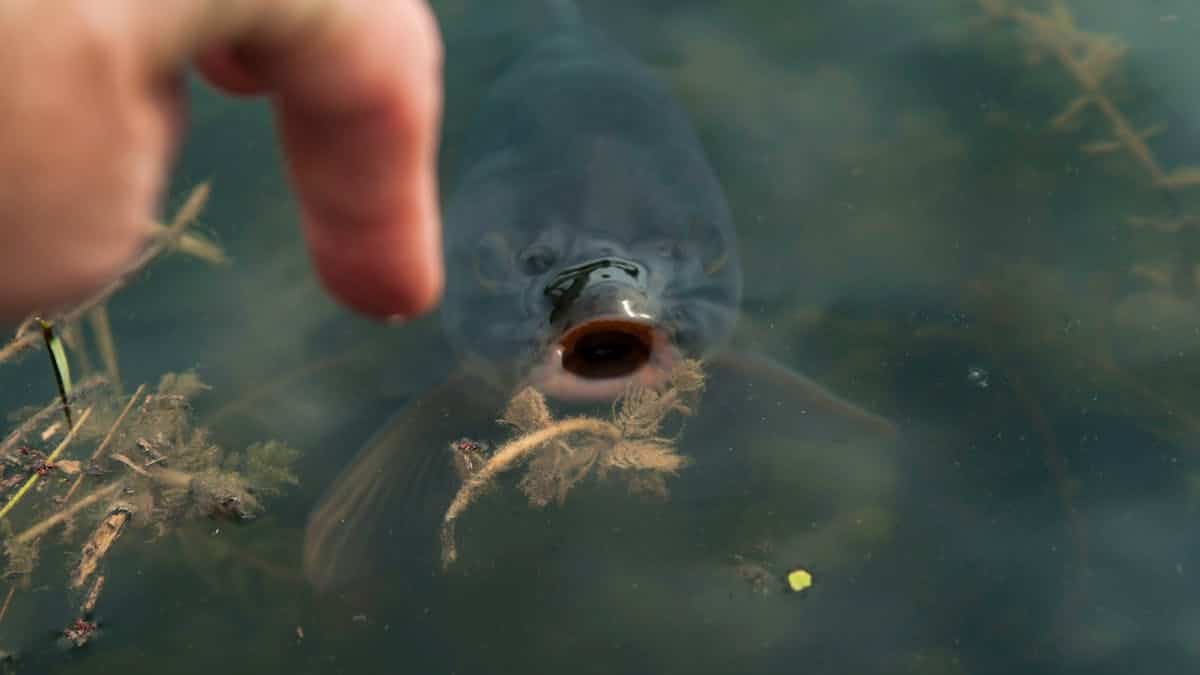380 million years ago, our fish ancestors began to colonize firm land, evolving in many vertebrate species provided, in particular, of effective lungs to filter oxygen, but also of feet and hands. Understanding how these appeared remains one of the oldest and most debated scientific questions. Are they coming from fins, homologs from our arms and legs, or, conversely, are these completely new structures?
To answer this question, an international team piloted by the University of Geneva (UNIGE) with the EPFL, the Collège de France and the Harvard universities and Chicago, was not content to study the genes involved in the development of the fingers themselves, it also explored the vast non-coding regions of the genome which control their expression and their activation. These regions are called “regulatory landscapes”. Immensely larger than the coding regions which make up only 2 % of the genome, they act as real “control towers” of gene expression.
Genomes of mouse and compared fish
By comparing the genome of mouse and fish, scientists first identified a regulatory landscape preserved between the two species and involved in the development of mouse members. Then, by removing this gigantic DNA region in fish thanks to genetic scissor technology, the team observed the loss of expression of genes in the cesspool, but not in the fins.
This surprising result suggests that the cloaca, which is the organ where the intestinal, excretory and reproductive systems meet at their ends in many species, has been reused in terrebrates to develop the fingers.
“The common point between the cesspool and the fingers is that they represent terminal parts. Sometimes the end of tubes in the digestive system, sometimes the end of the feet and hands, in other words the fingers. Both therefore mark the end of something, “said Aurélie Hintermann, a former doctoral student at Unige, now a postdoctorating at the Stowers (USA) Institute and the co -author of this study carried out within the framework of her doctorate and published this September 17 in” Nature “.
In particular, the regulatory landscapes concerned control the activation of HOX genes, called “architects genes”. They establish the body organization plan, determining the position and identity of segments or organs. They act at the top of a complex network of thousands of operational genes by piloting their expression. A mutation in these genes can therefore lead to deep anatomical modifications, certainly explaining their decisive involvement in evolution.
Do new with old
“The fact that these genes are involved is a striking example of the way in which the evolution innovates, by recycling old to make new,” comments Denis Duboule, professor at Unige and at the Collège de France, and initiator of the study. “Rather than building a new regulatory system for the fingers, nature has diverted an existing device, initially active in the cesspool”.
It is therefore not only the operational or coding genes that evolve, but especially the architecture of their regulation. And sometimes, an entire region can be recycled in another morphological context, as is the case of the cesspool with finger. It remains to be discovered no longer where these modifications appear on the genome, but how, in order to continue to describe the mechanisms of evolution and explain the passage from a distant aquatic ancestor to current fish and humans.

